Note: This website was automatically translated, so some terms or nuances may not be completely accurate.
Your beloved car becomes an advertising medium! Why CheerDrive's "Personal Car Advertising" is gaining attention
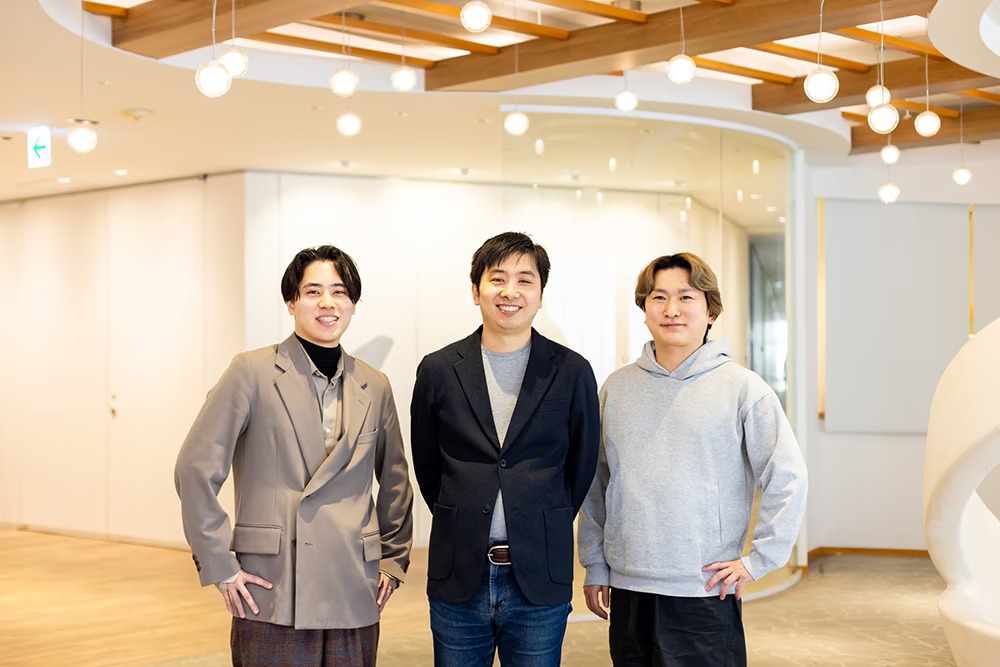
This series introduces 'the next innovators' who are still relatively unknown. This time, we spotlight CheerDrive, a rapidly growing startup supported by Dentsu Inc.'s creative team as it scales its business.
CheerDrive offers "My Car Advertising," where consumers advertise companies and brands using their own vehicles.
True to its name, users support (or cheer for) their favorite companies and brands by driving with advertising stickers on their beloved vehicles, earning income based on the distance traveled. Currently, approximately 100,000 users are registered, and over 100 companies have utilized the service cumulatively.
CheerDrive
https://cheerdrive.jp/
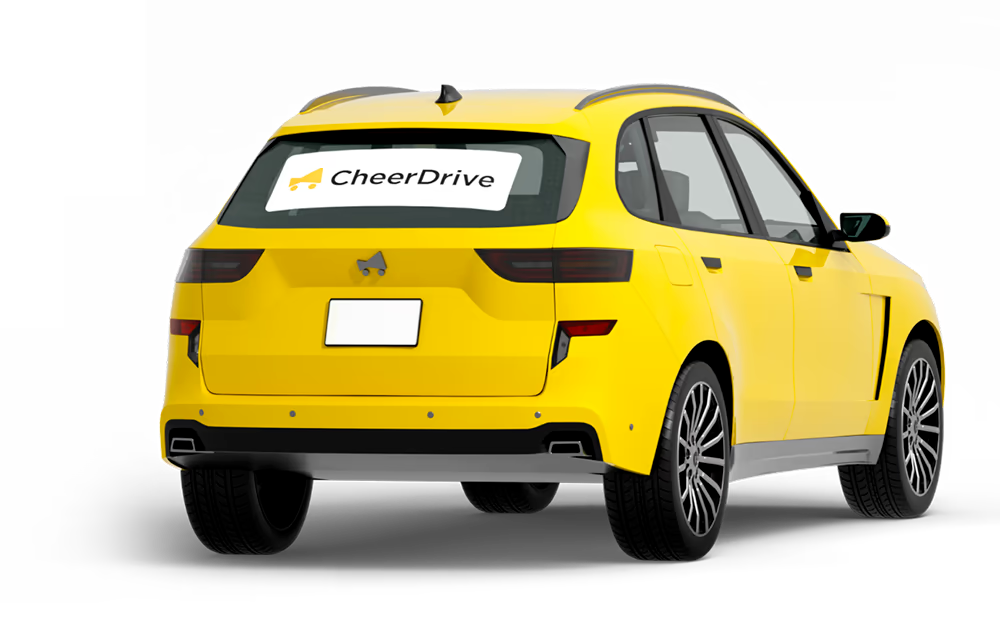
How did this new advertising style, where 'consumers themselves become the advertising medium,' come to be? Masataka Hoshina, CEO of CheerDrive, discussed this with Ryo Sasaki and Kota Aoki from Dentsu Inc., who support the business.
Already 100,000 drivers registered. What makes its reach different from conventional OOH?
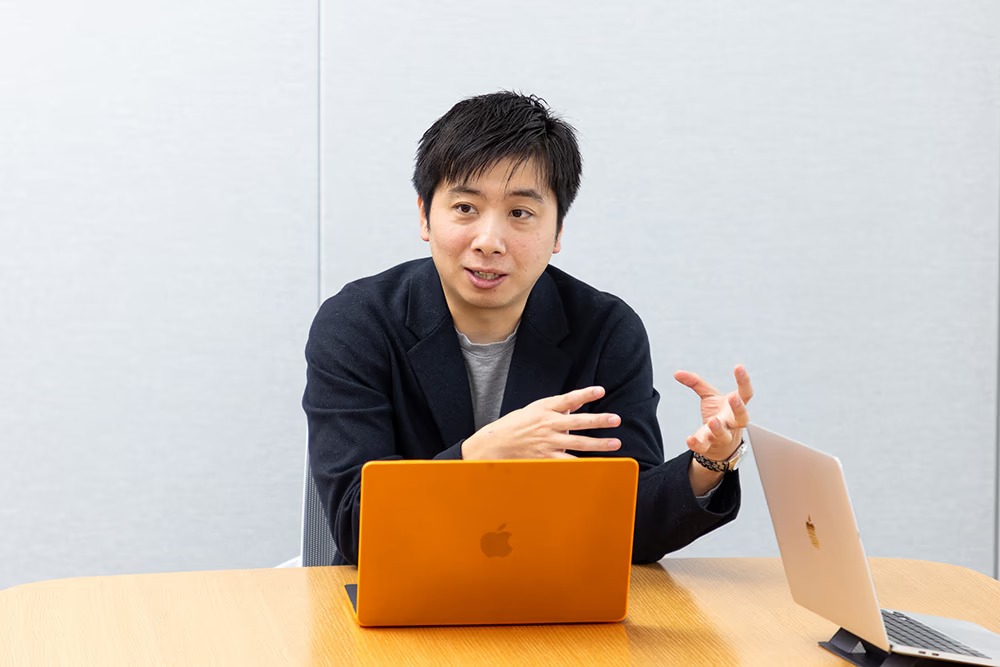
──First, could you explain CheerDrive's service overview?
Hoshina: It's a "personal car advertising" service where drivers place advertising stickers on their rear windows to promote companies and products to the general public. Registered drivers earn income based on the "distance driven with the ads displayed." Using this service allows users to save about half their usual gas costs during their regular outings.
──What are the conditions for advertisers to place ads?
Hoshina: We have a simple pricing structure: "¥10,000 total cost per month per vehicle." The minimum monthly order is ¥300,000 (30 vehicles), and implementation can start as soon as two weeks after application.
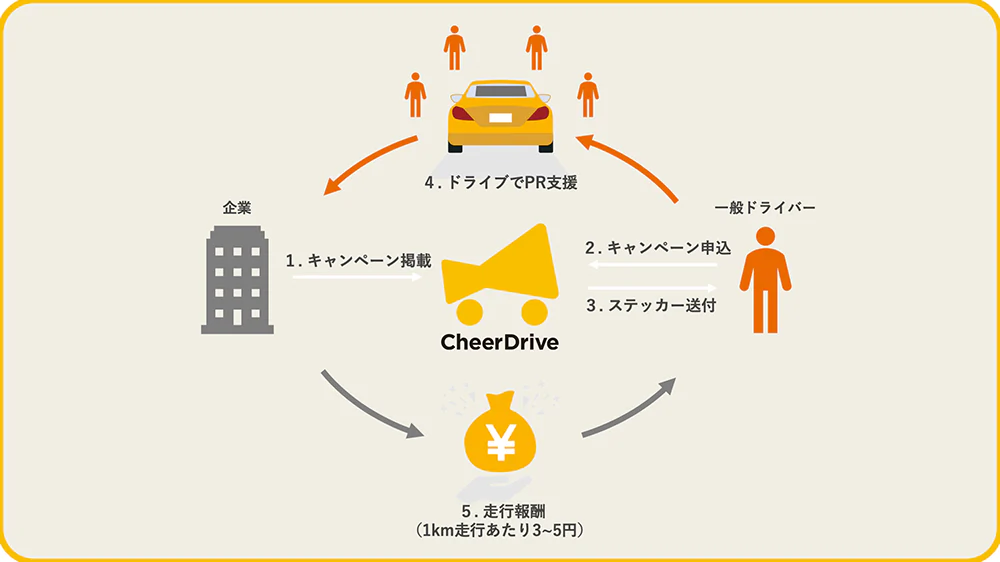
──This service, targeting general drivers to display ads on their personal vehicles, is unprecedented. What kind of results have you achieved?
Hoshina: As of August 2025, we have over 100,000 registered drivers, with approximately 23,000 vehicles in operation. Beyond our standard service, we are currently conducting a Proof of Concept (PoC) with the cooperation of Dentsu Inc. to validate the business model for broader adoption. Combined with our standard service, we have had over 150 companies place advertisements so far.
The PoC began in May 2024, and participants to date include JOYSOUND, Taimee, Try Home Tutoring, Car Seven, Doutonbori Kamukura, and ACN EXPO EKIDEN.
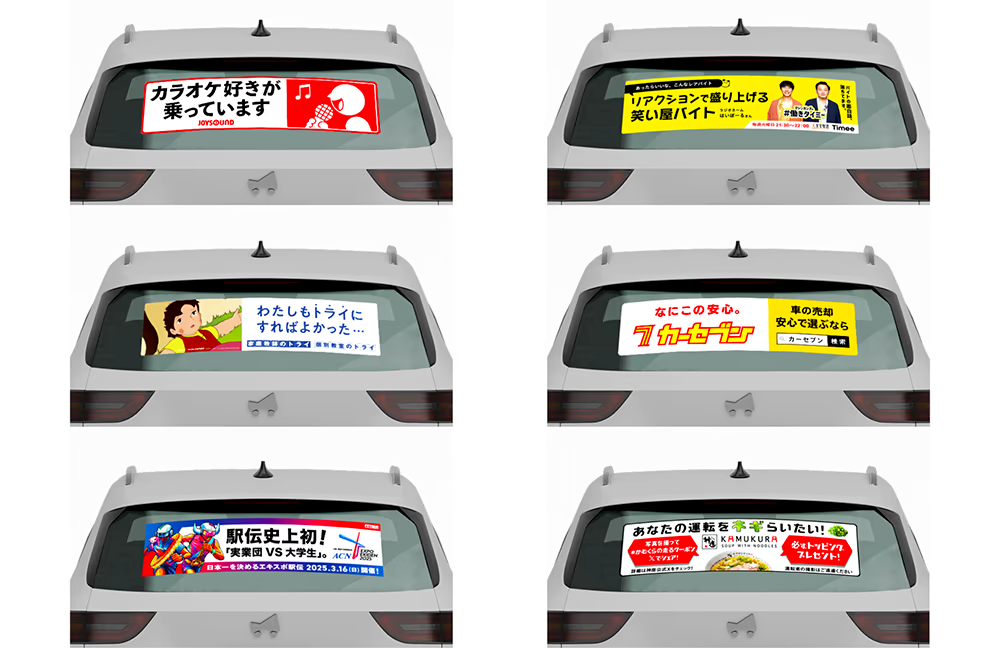
Campaign List
https://cheerdrive.jp/campaigns
──100,000 people is an impressive number. What kind of advertising effect does car advertising have?
Hoshina: For JOYSOUND, which ran a campaign last year, we had 500 vehicles running in Tokyo for one month. Subsequent surveys showed that 12% of respondents answered "I have seen the ad" (*).

Aoki: That's a remarkably large figure for OOH advertising, equating to approximately 1.2 million Tokyo residents seeing it. This JOYSOUND case was featured on TV and Yahoo! News, with the news video garnering 1.46 million views on TikTok and 190,000 views on YouTube, generating widespread buzz.
Hoshina: I believe it gained news attention because anyone with a personal car could participate, making it easy for consumers to relate personally. After the advertising campaign we developed during the PoC was featured in the news as a new advertising mechanism, applications for CheerDrive increased significantly.
Since entering 2025, we've been adding about 100 new drivers daily. For one corporate client, when we sought 300 vehicles for advertising, we received about 3,000 applications—ten times the capacity.
Sasaki: This campaign coincided with a period when soaring gasoline prices were a major public concern. I believe we resonated with users by presenting a simple message: just by displaying ads, the cost of driving could be cut in half, making outings more accessible.
Hoshina: Our survey showed a 98% satisfaction rate among participating drivers. This result also proves that Cheer Drive is a service demanded by consumers.
──Can CheerDrive's service be considered a type of OOH (Out-of-Home advertising)? In terms of advertising effectiveness, how does it differ from conventional OOH like billboards?
Sasaki: What's interesting about CheerDrive is that because consumers themselves become the advertisers, it creates a unique level of engagement not found in ordinary advertising campaigns.
We're seeing a phenomenon where drivers, acting almost like ambassadors for the product or company, spontaneously influence their colleagues, friends, and social media networks.
Hoshina: Exactly. The significant secondary effect is that advertising leverages the "participating drivers' own communication power" to amplify its influence. Furthermore, driver surveys show that when they display ads on their personal cars, they get approached about the ads by an average of 8.7 people per month. Neighbors, friends, and coworkers seem curious and ask about them.
Aoki: Since neighbors might see the ads daily in parking lots, for instance, the frequency of exposure as an advertisement is exceptionally high, right?
Hoshina: It sparks communication with people who see the ad. For example, with a sports team ad, someone might say, "I support that team too!" and a conversation gets going. I think this is a phenomenon unique to personal car advertising that wouldn't happen with typical ads.
Aoki: We're also seeing people photograph the ads and share them on social media. While this is a characteristic of OOH advertising in general, what's new here is that it's tied to people and their daily movements. It's a truly interesting medium with high effectiveness, especially in how it makes people want to share their experience of seeing the ad with others.
*Survey Overview:
Macromill survey (conducted August 2025, 10,000 respondents aged 20-60 residing in Tokyo, based on population demographics)
The hint gained from TV program stickers on cars became the origin of the service
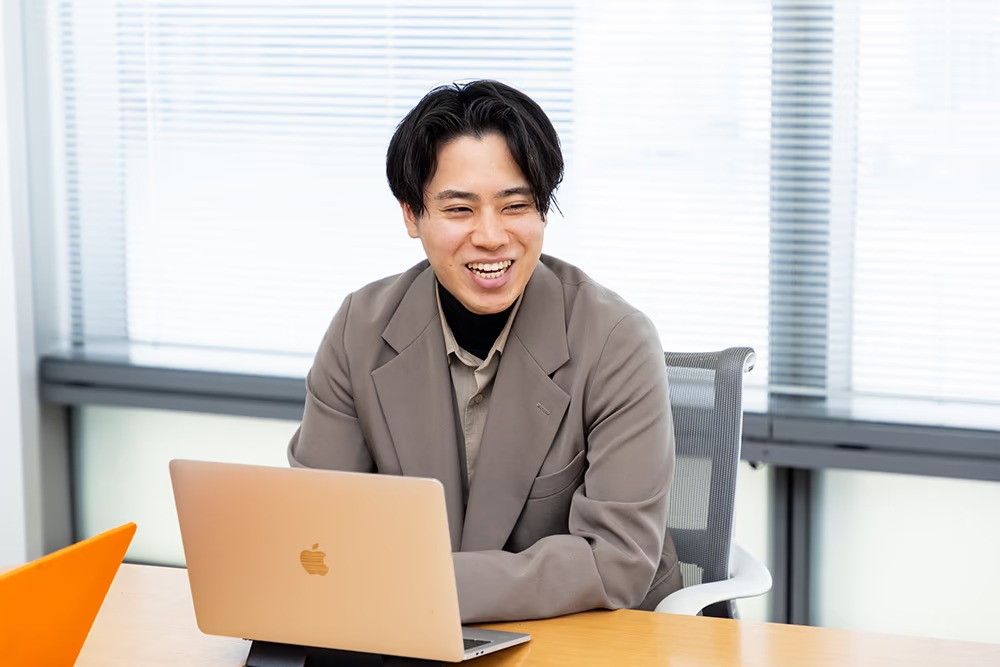
──What sparked your idea for the personal car advertising service, Mr. Hoshina?
Hoshina: When I was attending university in Kanagawa, I often saw cars in town with "Wednesday, How About It?" stickers on their rear windows. I kept wondering, "What on earth is this?" Later, I learned it was the title of a TV show. It started as a local program on Hokkaido Television Broadcasting, but it became so popular it sparked a boom even in the Kanto region. That prompted me to actually watch the show, and I found it incredibly entertaining and got hooked.
Aoki: Those stickers with that seemingly eerie font! I definitely saw them a lot, and they made an impact. You just thought, "What on earth is this?"
Hoshina: I think the people putting those stickers on their cars were probably huge fans of the show. Looking back, that's incredible advertising effectiveness. That's when I really felt the power of appeal from stickers put on by third parties with no vested interest in the program. That's when the idea was born: couldn't we use car rear windows as advertising media?
──So the idea of personal car advertising itself came to you during your student days.
Hoshina: That's correct. After graduating university, I worked as a program producer for Dwango's NicoNico Live, among other roles, and was involved in launching N High, a correspondence high school. The students at N High were incredibly entrepreneurial; many started companies while still in high school. Watching them fueled my own desire to start a business, and I realized that if I did, it would definitely be car advertising.
When starting the business, having observed the students, I thoroughly considered every factor—what would be the bottlenecks, what would be necessary for the business to succeed—and finally, in 2020, I established Cheer Drive.
Sasaki: 2020—right when the COVID-19 pandemic hit, wasn't it?
Hoshina: Exactly. We found a highly skilled programmer for the app, which was crucial, and I felt I had prepared thoroughly before launching. But the pandemic drastically changed our plans. We launched the service in April 2021, but with so few people on the roads, ads weren't being seen, and it was incredibly tough. We simply couldn't build a track record, so the core CheerDrive business model – "get advertising fees from companies and share them with drivers" – just didn't work.
──In such a tough situation, how did you approach advertisers and drivers?
Hoshina: After much deliberation, we temporarily shifted to a business model where "drivers pay to display advertiser stickers as a form of support." For example, a driver pays a participation fee of several thousand yen to display a sticker of their favorite baseball team. Then, after driving a specified distance, they receive team merchandise or tickets.
After shifting to this "fan-support" model, we attracted many companies and organizations, including anime with passionate fanbases and J.League teams. These partners actively promoted CheerDrive to their fans via social media, gradually increasing awareness and growing the number of participating drivers.
For us, creating this entirely new culture of "putting advertising stickers on cars" was essential. Choosing the "fan-supported" model at that time was necessary. We're also grateful for the passion shown by the drivers who supported us.
──That said, relying solely on fan enthusiasm seems to have limitations in terms of business sustainability. What was the trigger for shifting back to the core business model, where companies pay to place advertisements?
Hoshina: It was meeting Yusaku Maezawa, the head of the Maezawa Fund, in 2024. Mr. Maezawa apparently saw cars with our advertising stickers in the city, became interested in CheerDrive, and contacted us. He reached out through our regular "contact form," so we were shocked thinking, "Could it really be that Maezawa!?" (laughs).
──What did Mr. Maezawa say?
Hoshina: When we first met, he said, "It's a very simple business model. It seems like something that should exist in the world, but no one is doing it. I see potential there." So, I presented the business to Mr. Maezawa, and he decided to invest. That allowed us to return to the business model we originally wanted: "Receiving advertising fees from advertisers and paying drivers."
CheerDrive's core value is making human mobility effortless.
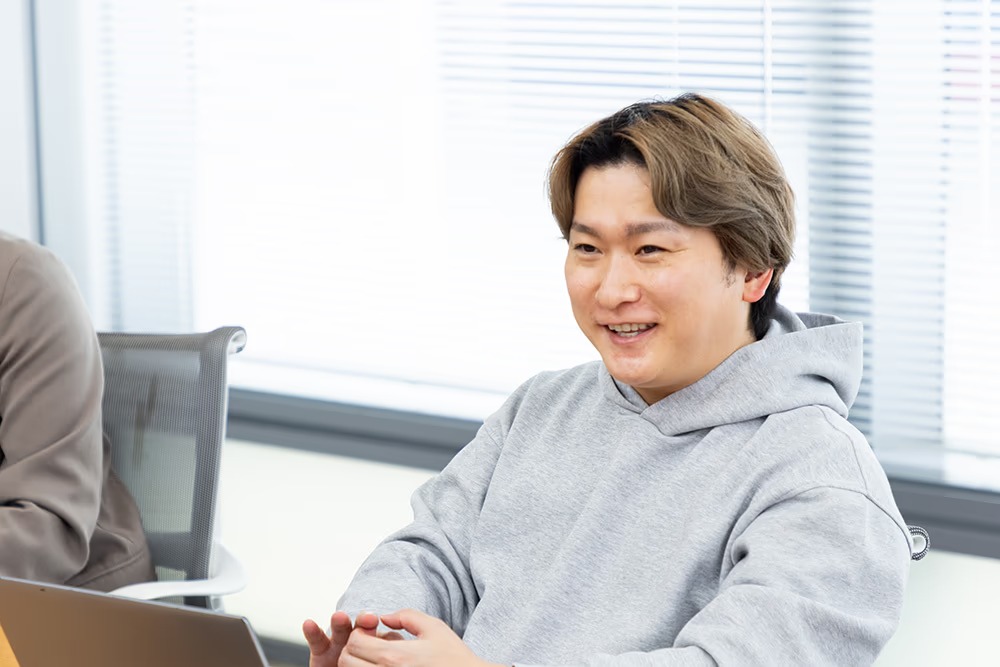
──What led Dentsu Inc. to accompany CheerDrive's business?
Sasaki: CheerDrive received investment from the "Maezawa Fund," established by Yusaku Maezawa to fund entrepreneurs tackling social issues. Through Dentsu Inc.'s existing support for other startups in the fund, we were introduced to Mr. Hoshina.
It coincided with a time when the company was undergoing a transformation, from its internal structure to its external image. Together with Mr. Hoshina, we completely rethought the CheerDrive brand from the ground up.
Hoshina: First, partnering with Dentsu Inc. was incredibly reassuring and exciting. Their user perspective and marketing insights—understanding what concerns companies and consumers when using CheerDrive's services—were immensely valuable. Beyond that, Dentsu Inc.'s extensive relationships with many companies have been instrumental in negotiating advertising placements. Their influence was also key in securing major corporations for our Proof of Concept (PoC).
──You mentioned rethinking branding from scratch. What did that entail?
Hoshina: What new value does CheerDrive promise to society? To whom and in what form should we communicate that promise? They're helping us build the image of a company that solves societal challenges.
Sasaki: Why is this service indispensable for today's world and the future? A major part of this process involves us digesting and absorbing these insights through ongoing discussions with Mr. Hoshina.
──Regarding appealing to drivers, I thought phrasing like "Just drive your car as usual and earn extra income amounting to about half your gas costs" really resonates.
Hoshina: We're crafting messages like that together, consulting with Sasaki and the team.
Sasaki: However, the essence of CheerDrive's service isn't "a part-time job to earn gas money." Its core value lies in making people's desire to "move around" feel lighter.
Gas prices are soaring now, and the cost of driving keeps rising. We hope drivers will see this as a service that eases their financial burden of getting around. And the best way to achieve that is through personal vehicle advertising.
It creates a sustainable model through a win-win relationship: users earn advertising revenue by supporting companies, organizations, products, or services they like. We call this mechanism "Fan Engagement Advertising."
──I see. That sentiment is also reflected in the service name, CheerDrive, right?
Hoshina: In terms of conveying the core of the service, this is also reflected in CheerDrive's key message, "Put the power to spread the word in your car," which was also conceived by Mr. Sasaki and his team.
Drivers—ordinary people themselves—take action to "spread" the word about the products and companies they support. As a thank-you, they receive advertising fees. This form represents the origin of the CheerDrive service I envisioned, and I feel we've finally begun to realize the business model I initially imagined.
──Furthermore, drivers putting stickers on their cars and driving around not only "spreads" products and services as advertisements but also helps "spread" the CheerDrive advertising model itself, right?
Sasaki: Exactly. A common scenario is when a company president sees a CheerDrive-adorned car on the street, wonders "What's this?" and contacts us. Seeing it with their own eyes carries significant persuasive power.
──Similarly, seeing cars with ads driving around the city helps attract new drivers.
Sasaki: Yes. As mentioned earlier, when the personal car advertising campaign gets featured in the news, it ultimately leads more people to find the concept itself interesting.
People who see the ads talk about them on social media and in real life. Those who become interested then join as drivers, becoming "messengers" themselves, which in turn attracts more viewers... creating a virtuous cycle. By conducting the PoC, we were able to verify the effect of CheerDrive's business model driving growth.
Aoki: One thing I found particularly interesting was the request from advertisers saying, "We want to pay advertising fees to put stickers on our company vehicles." This case showed the potential for putting ads on company vehicles to spark conversations with customers and even serve as a means to boost employee engagement.
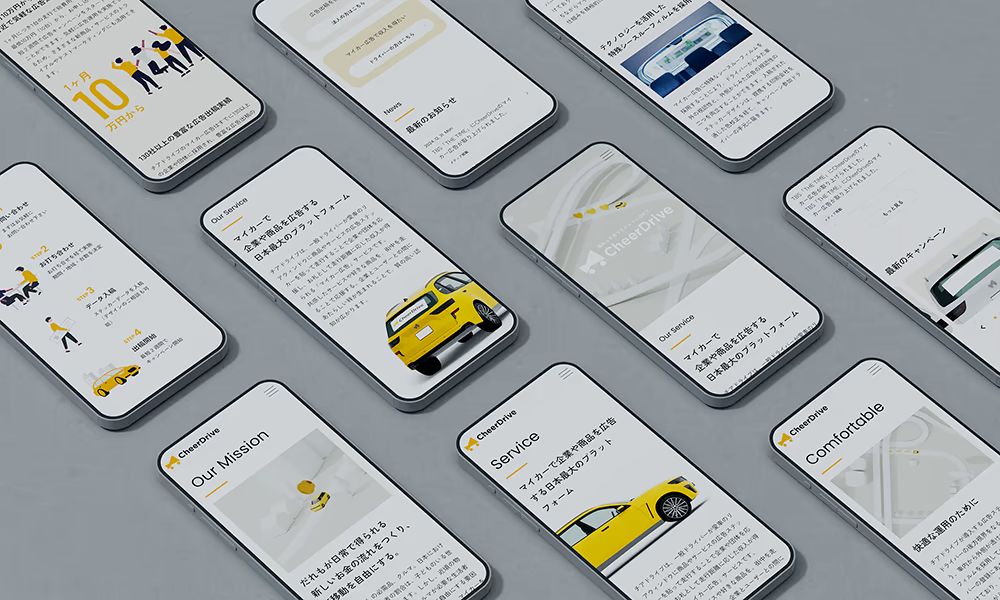
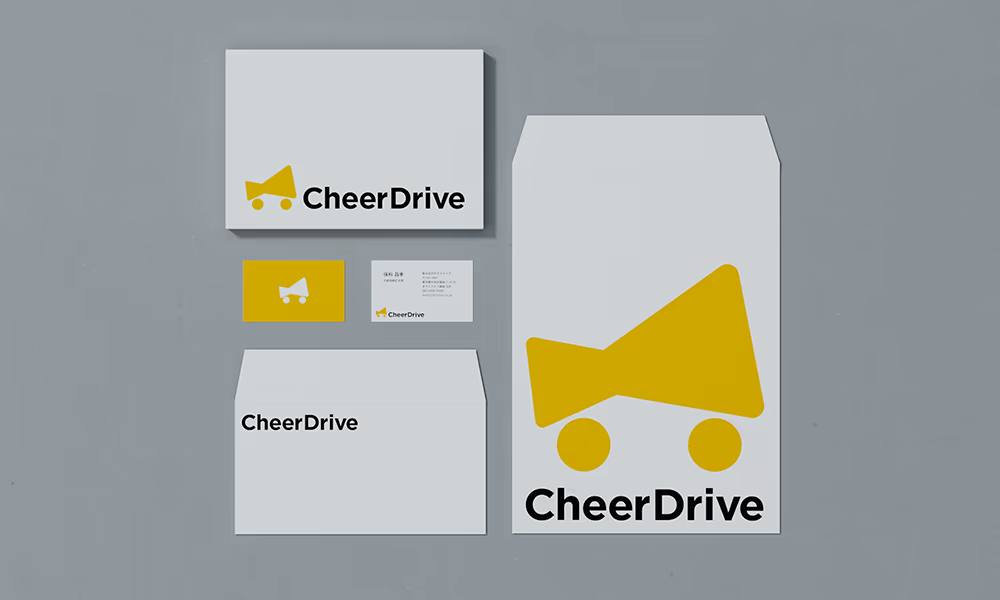

──Since "advertisements on cars" themselves represent an unprecedented initiative, I imagine you're still exploring the creative aspects. Are there any unique approaches specific to personal car advertising?
Hoshina: Beyond simply promoting products or services, we've also received ideas unique to Dentsu Inc. For example, for the ramen restaurant Doutobori Kamukura project, they conceived the "#Kamukura's Running Coupon! Doutobori Kamukura PR Drive Campaign," which used the advertising stickers as a starting point.



Sasaki: The sticker ads became "running coupons." Here's how it worked: People photographed vehicles with the sticker ads, posted the photos on X with the campaign hashtag, and received a free topping coupon. This project, designed to bring a little happiness to those who saw the ads, became quite a talking point.
Aoki: The business of car advertising is still in its early stages, so I believe we'll continue to see diverse ideas emerge for each project.
The Further Potential of "Consumers Becoming Advertising Media" Services
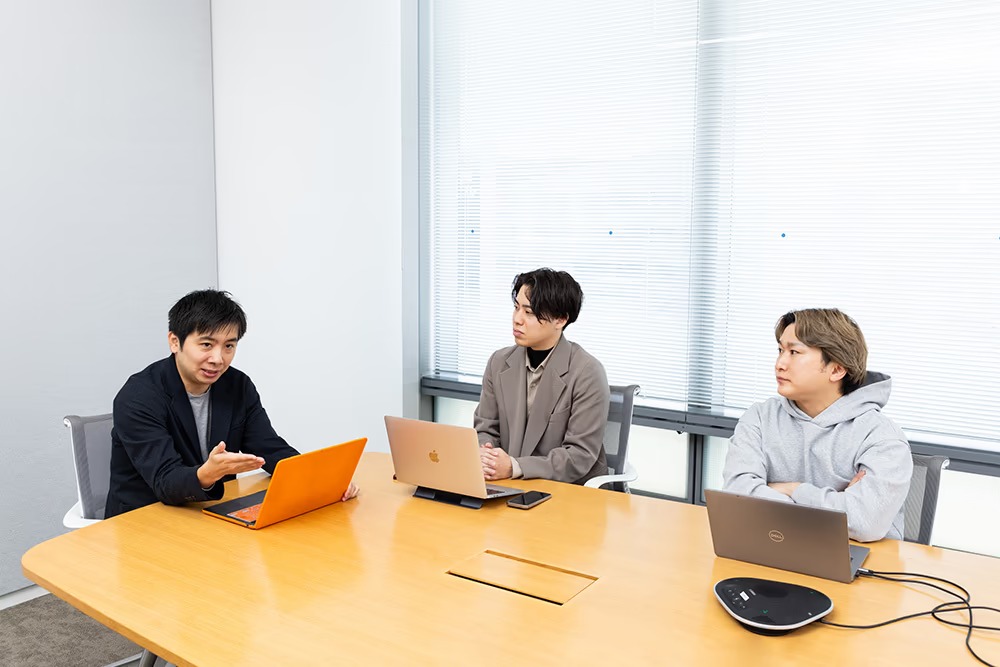
──Since personal car advertising is an unprecedented service where consumers become advertisers, some companies might worry about the risk of trouble. What are your thoughts on this?
Hoshina: The risks were largely mitigated during the "fan-supported" phase of the service. Risks include concerns like whether advertisers could suffer brand damage from malicious driver behavior, such as dangerous driving. In such cases, we clearly confirm with drivers upon enrollment that we will pursue proper accountability against the individual driver. Furthermore, since the ads are placed on vehicles, we will proceed with full consideration for safe driving practices.
──Earlier, you mentioned "thoroughly considering everything before starting the business." What concerns me is how you guarantee to advertisers that drivers are actually driving the advertised distance with the ads on their vehicles.
Hoshina: To prevent false mileage reports, drivers are required to use the camera function built into the CheerDrive app to photograph their car's odometer and the sticker-adorned vehicle at the start and end of service use. Additionally, the stickers are designed so that once removed, they cannot be reapplied. These aspects, including the app's specifications, have largely been implemented as planned.
Sasaki: While it's a new service, it's clear that because Mr. Hoshina has been conceptualizing and preparing it for years, every detail has been thought through to ensure both advertisers and drivers can use it with confidence.
One example is the stickers being made of see-through film, ensuring they don't interfere with driving.
I also helped build the current website, and I think including a "COMFORTABLE" page in the main menu, which explains how the service ensures a comfortable driving experience, really shows the company's commitment to reliability.
──Indeed, having that section alongside the company overview, mission, and services is quite impressive. Finally, could you share your outlook for CheerDrive's future?
Aoki: What we felt from conducting this PoC is the significant potential of this business model. For advertisers, it offers the potential as a new form of OOH advertising that facilitates word-of-mouth and easy recognition. For drivers serving as advertising media, it can be a way to earn gas money or a way to support companies and brands as fans.
Business models like CheerDrive, where everyday people become advertising media, may increase in the future. Mr. Hoshina and I are now considering an advertising model following personal car advertising, where people walk around wearing backpacks displaying advertising coupons.
This is a backpack-based affiliate advertising system. Details will be announced later, but it works by rewarding the person wearing the backpack when someone who sees the ad takes an "action." It's similar to an application of CheerDrive.
Hoshina: From the perspective of "consumers themselves becoming advertising media," I believe this will foster new forms of engagement between companies and consumers. Furthermore, I believe CheerDrive can solve various challenges for both companies and individuals. To achieve this, I want to collaborate with the Dentsu Group—which has connections across all industries and deep insight into consumer challenges—to develop new advertising models.
Sasaki: We at Dentsu Inc. also believe CheerDrive is a service that can solve societal challenges through its business. Recently, startups like CheerDrive, which provide new value previously unseen in the world, are emerging one after another, increasing their presence and influence. Dentsu Inc. wants to support translating and expanding this new value and potential from the user's perspective, leveraging our creativity.
──CheerDrive transformed the familiar sight of personal cars into advertising media. It made me realize that the "unknown seeds" capable of sparking innovation are right within our daily lives. Thank you for today!
The information published at this time is as follows.
Was this article helpful?
Newsletter registration is here
We select and publish important news every day
For inquiries about this article
Back Numbers
Author

Masataka Hoshina
Cheer Drive Co., Ltd.
President and CEO
In 2008, he joined an internet advertising agency as a new graduate. In 2012, he transferred to Dwango Co., Ltd., where he served as a producer for official NicoNico Live programs, handling events such as the Shogi Den-O Tournament. In 2015, he was seconded to Kadokawa Dwango Academy, where he was involved in launching N High School. From 2018, he oversaw the entire education business as Deputy Division Head. He established CheerDrive Inc. in 2020. In 2021, he launched the personal vehicle advertising service "CheerDrive."

Kota Aoki
Dentsu Inc.
Marketing Division 8
Planner
After graduating, I joined an electronics manufacturer and began my career as a buyer. I then moved to Dentsu Inc., where I gained experience in a wide range of roles including copywriter, sales, and digital media planning.

Ryo Sasaki
Dentsu Inc.
Future Creative Lead Office Future Creative Division 1
Copywriter / Communication Creator
Joined Dentsu Inc. as a new graduate. At the cross-functional creative organization Future Creative Center, provided creative support—centered on copywriting—addressing not only advertising but also business and management challenges. In 2022, joined Startup Growth Partners, the company's startup-focused support organization, from its inception, delivering hands-on creative support to startup executives.



